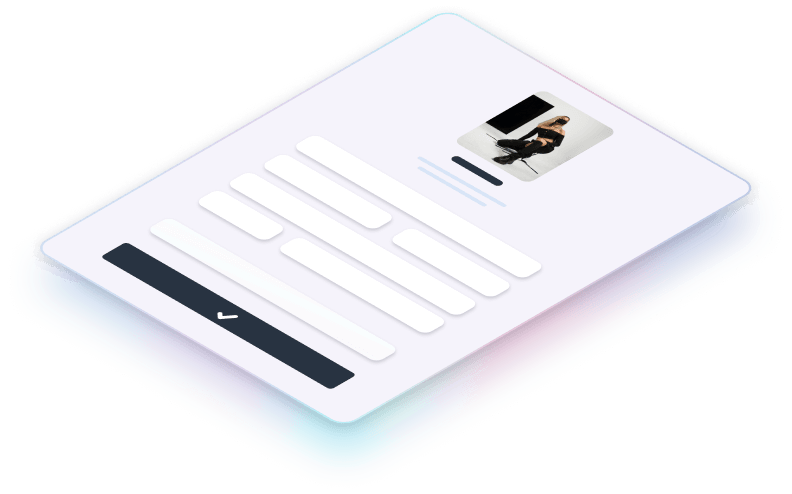What is Headless Commerce?
Learn what it means, comparisons to other types of commerce, and why it's the future for eCommerce businesses.
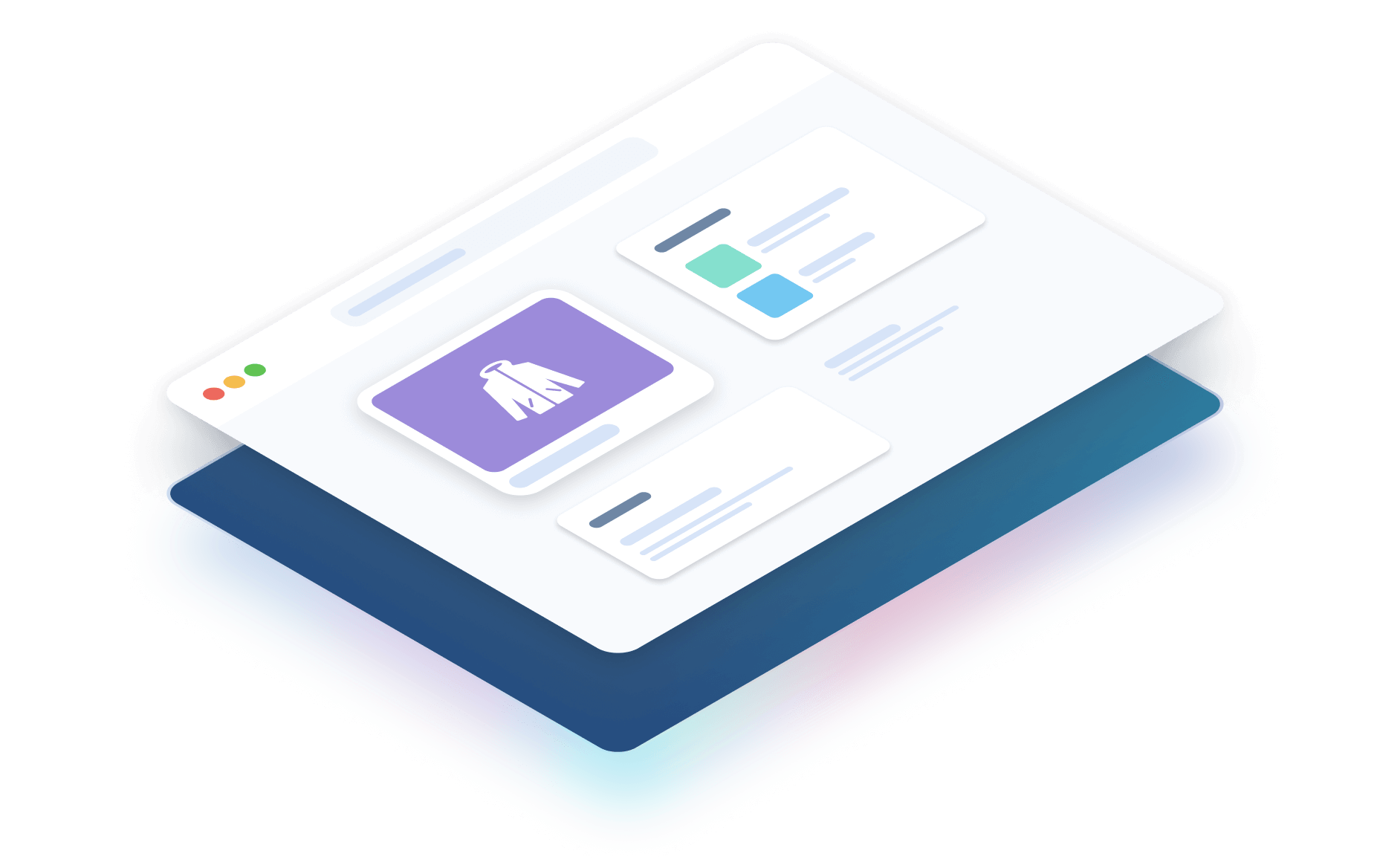
The meaning of Headless Commerce
The term “Headless Commerce” is the concept of separating the frontend presentation layer “head” from the backend processing layer “body” through the use of APIs. A headless commerce backend solution therefore does not have a frontend or head (leaving you to create your customer facing views) and is instead responsible for handling commerce logic, such as product data, cart actions, and checkout processing, all via APIs.
An eCommerce business that is truly "headless" utilizes APIs on the frontend and backend. For example, it is possible to use a headless frontend (API-driven) with a coupled backend (not API-driven). Headless frontends cater to the complexities around displaying data, whereas headless backends cater to the complexities around creating, managing, and customizing data.

Traditional eCommerce vs Headless Commerce
Traditional eCommerce platforms have coupled front and backends, are rigid in their architecture, and lack flexibility for complex business logic. These platforms are template driven and provide a proprietary plugin framework for customizations and extensions.
Headless commerce enables the decoupling of the frontend from the backend, allowing for deeper control over the customer experience, site speed, and integrations that support unique business logic. Headless commerce solutions are technology agnostic and so can be implemented into any device or channel where there are customers.
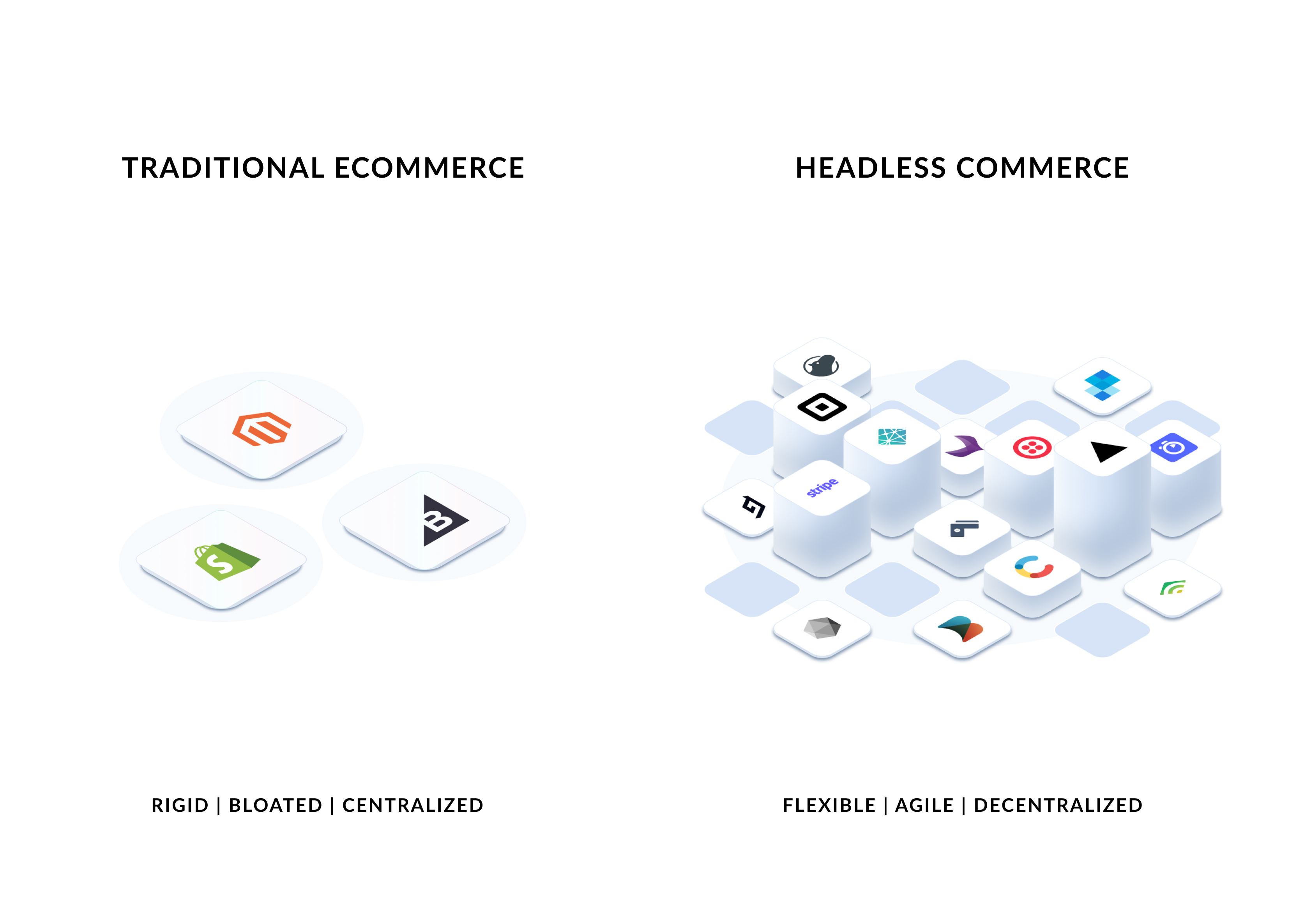
Evolution of the eCommerce platform
From the early days of the web, the dot com boom, to the rise of SaaS, how we do business and consume online has changed dramatically over the years.
In the early 00s, traditional eCommerce platforms were created to help retail businesses open new digital channels. This new frontier for businesses was a challenge, resulting in platforms making opinionated decisions on behalf of businesses.
Fast forward to 2020 and how things have changed. Most businesses have an online first distribution model, business use cases and requirements are increasingly varied, and customers expect to be able to buy anywhere easily.
At Commerce.js, we are building commerce infrastructure for the next generation of businesses that demand control and flexibility over their commerce. Our infrastructure is built to accomodate and scale with the complex nature of modern businesses, supporting open integrations, custom logic, specific workflows, and today's customer's expectations.
The benefits of headless
Headless commerce helps businesses:
- Choose the services to use on the frontend and backend
- Determine the look and feel of every customer facing touchpoint
- Convert customers with a checkout that can be placed anywhere
- Optimize conversion experiences through granular A/B testing
- Experiment with alternative business models and new markets
- Offer QR code, crypto, and alternative payment methods
- Improve and control page load time and interaction speeds
- Effciently scale frontend experiences from the same backends
The benefit of headless comes down to data and experience control, with the ability to move at the speed you need when making mission critical business decisons.
If your business needs to level up its online presence, headless commerce gives you the ability to get there on your own terms.
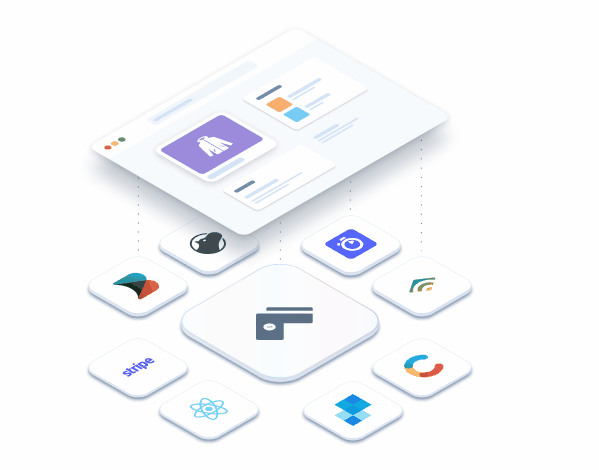
Evaluating headless for your business
Evaluating the benefits and capabilities of a headless commerce solution can be difficult. Every business has different reasons to move away from an all-in-one, monolithic approach to commerce. We created HeadlessCommerce.org to help business builders configure a best-of-breed stack using API driven services.
Browse this list of curated services that go beyond commerce and help you identify solutions for content, storefronts, payments, search, authentication, shipping, and more.
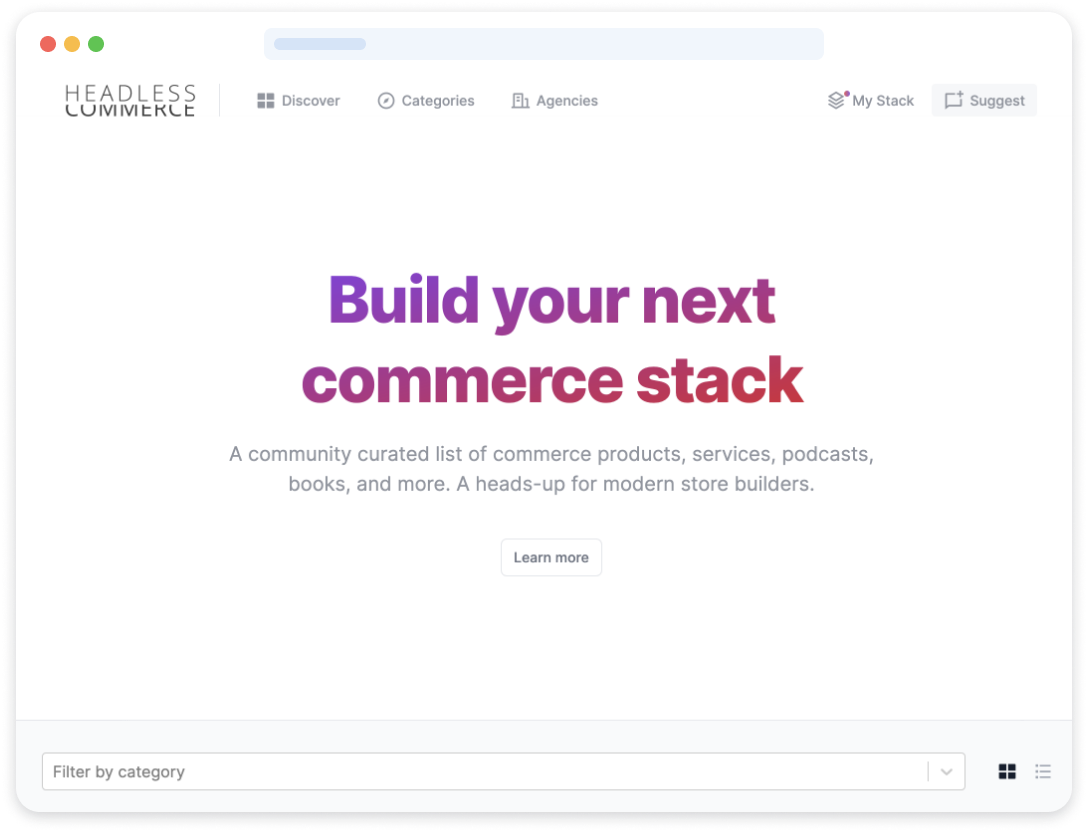
Visualizing Headless Commerce
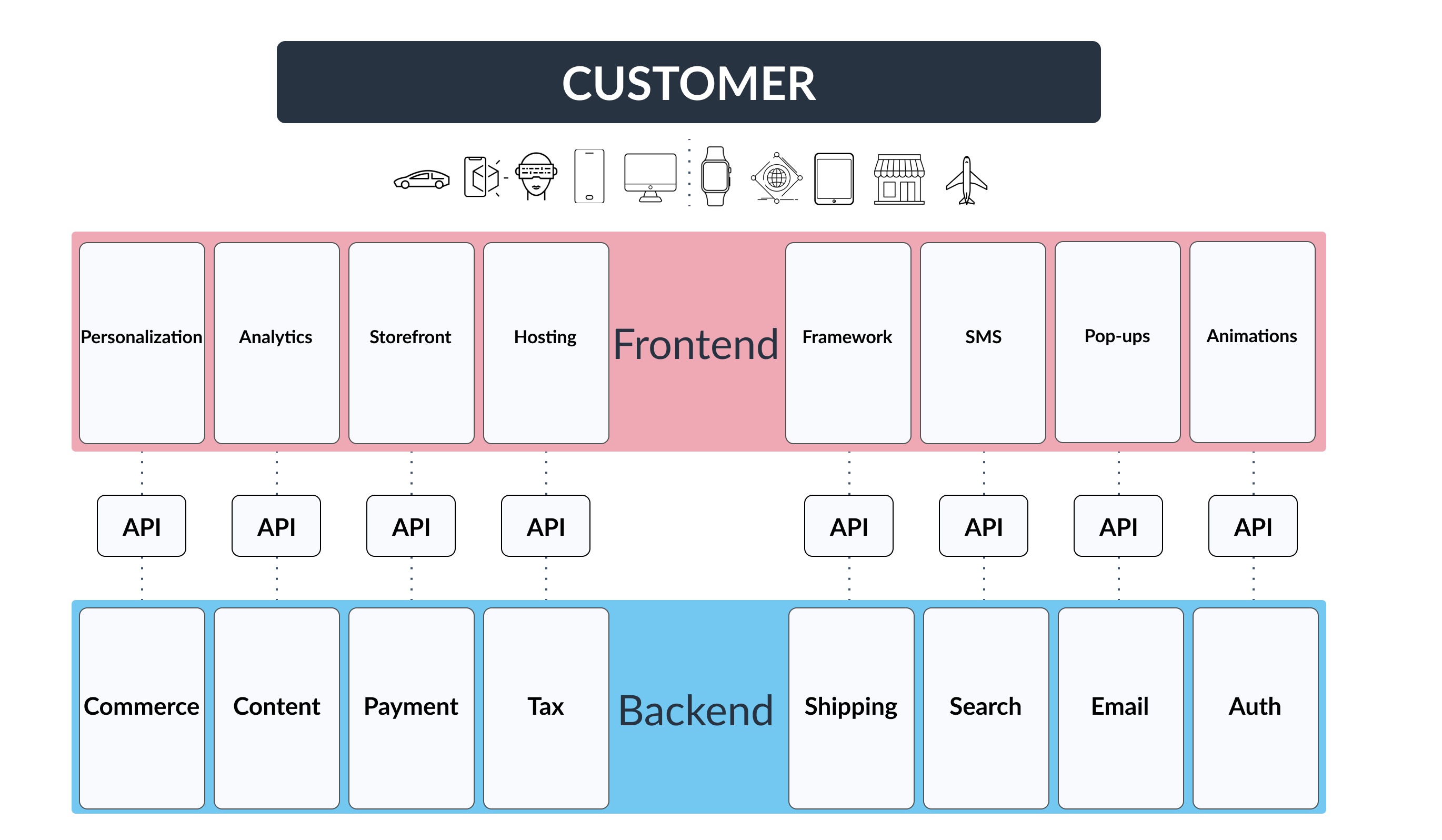
Your unified suite of Commerce APIs
Products API
Store and request product data from any source to display on your frontend. Supports complex variants, physical products, and digital products.
Checkout API
Capture data sent from the cart along with line item data, line item IDs, any shipping or billing information as well as tax and shipping rates.
